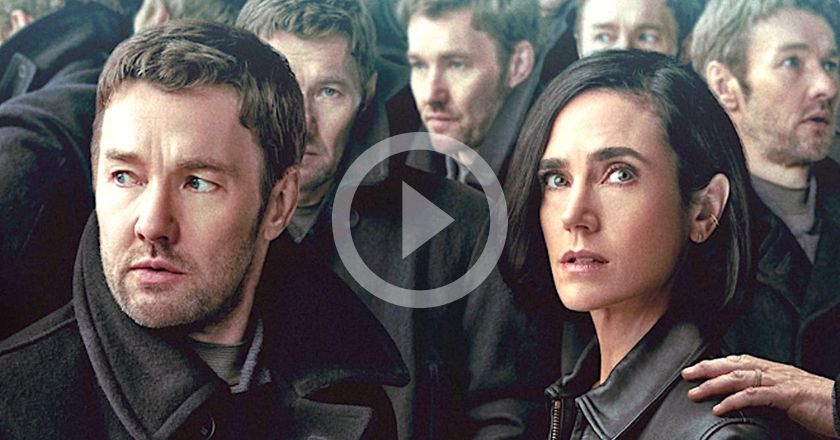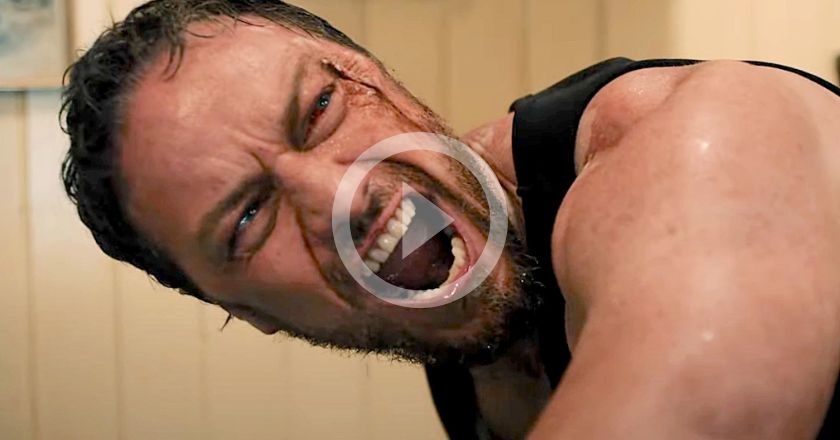
With Alien: Covenant hitting cinemas, we thought we’d take a look back at the film that kicked off the popular sci-fi horror franchise, Ridley Scott’s 1979 masterpiece, Alien.
Screenwriter Dan O’Bannon, who wrote the sci-fi comedy Dark Star (1974) and, later, Total Recall (1990), originally wanted to develop his story idea for Dark Star into a sci-fi/horror film instead of a mash of sci-fi and comedy. Through a failed film project, O’Bannon would come to meet several artists, including H.R. Giger, who would eventually become the designer for the titular extra terrestrial, the iconic Xenomorph.
O’Bannon got to work developing a new screenplay, inspired by several films from the 50’s and 60’s that were pivotal in mixing sci-fi and horror in cinema, including 1951’s The Thing from Another World.
Impressed by his work on his 1977 feature directorial debut The Duellists, producers soon hired Ridley Scott to helm what would become a cinematic classic.
Alien tells the story of a space crew who respond to a distress signal from a foreign planet. Upon inspecting an alien spacecraft, a creature latches itself onto a crewmember’s face. A vicious alien is soon born, steadfast on its mission to exterminate the crewmembers on board, one by one.
Initially the film received mixed reviews from critics, a number of whom perceived it as generic and cheap, unimpressed with its methods of scaring the audience. Of course, Alien‘s reputation soon grew, and the film was eventually considered to be a standout picture by critics and audiences alike.
Even among the mixed reviews, the special and practical effects were lauded. The Xenomorph was played by an actor (Bolaji Badejo) in a suit and was only shown on screen sparingly, an ingenious idea that helped increase tension and suspense for audiences. Scott’s determination to keep the alien hidden or obscured would stop the budget from spiralling and, more importantly, allow audiences to focus on the on-screen characters, to be caught up in their emotion. Seeing as much of the film finds characters at a loss, confused and scared, with no bearings as to where the creature is hiding, both parties are in for a surprise when the alien suddenly appears and claims another crewmember.
Arguable the most effective example of this would be when Captain Dallas (Tom Skerritt) decides to flush the alien out from the ventilation systems on board the ship. The crew tracks the alien through a motion detector, as it edges closer and closer to Dallas while he navigates the pitch black and claustrophobic area. It’s a hugely influential sequence, one that would be imitated many times over in the years to come.
Alien is a film that pioneered the sci-fi genre by incorporating innovative horror elements with originality. The film’s various influences are still felt in both sci-fi and horror films to this day, from its use of shadows, claustrophobic settings, and effective lighting, to its use of unsettling camera angles, jump scares and the measured approach to the villain’s (alien’s) reveals.
The film also contained a great performance from actress Sigourney Weaver, giving cinema a truly memorable, badass heroine with Ellen Ripley. It’s a standout early turn from the actress, who only had two feature film credits to her name prior to Alien.
Scott’s classic will always be regarded as a staple example of original sci-fi horror. The franchise starter combined innovative filmmaking with exceptional effects and a creative design to deliver audiences a suspenseful, frightening, and downright entertaining film experience. It’s been around 38 years, we’ve had 3 sequels, 2 spinoffs and 2 prequels, and it still stands strong as one of the best science fiction films ever created.







